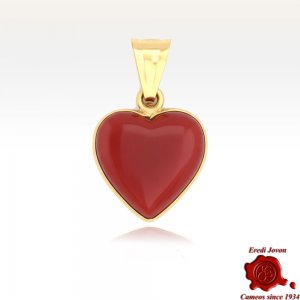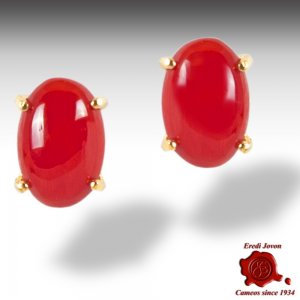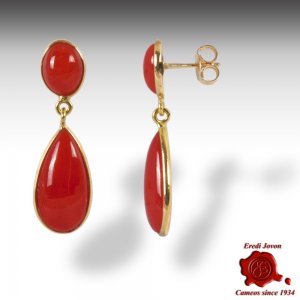Red Coral: How do you polish and clean it?

A necklace that has become opaque
Every jeweler with a few years of experience will eventually get to handle a coral necklace (red or pink) that looks opaque a pair of coral earrings unattractive and meet a customer with a desperate look, asking if he has been ripped off.
Relax… keep calm!
In fact, apart from my absolute advice to always ask for a guarantee of authenticity, in nature, true Coral is actually opaque. This looks nice anyway in particular products like the old coral from Sciacca.
We talked about this antique rare coral in this blog post.
It is the jeweler who shines it and, sooner or later, the coral will return to its primordial nature.

How can you keep it beautiful and shiny for longer?
Keeping Red Coral Shiny - 4 Practical and Easy Tips:
- Do not use hair sprays or creams
- It is advisable NOT to use the Coral on hot and humid days (we mean those days when you tend to sweat a lot) because the sweat is acidic and takes away the shine from the jewel
- Take care NOT to take a shower with your Coral Necklace
- From time to time remember to bring your Coral necklace to be strung by the jeweler’s (after all, the thread that holds the pearls is in cotton with synthetic components and it is similar to a mesh that, of course, should be washed)
To better understand how to maintain the beauty of a necklace or jewel in Coral, bought after years of hard saving,
it is desirable and useful to understand how this wonderful material is worked on and what its features are.

How do you shine Coral?
Red Coral, in nature, is covered by a thick bark called Cenosarco. So first, you have to clean the raw coral.
The bark is removed by washing the coral, which is the first stage of the work, and this is where the material is opaque.
Through various transformation processes, that I will deal with in a future post, you get to the final stage..., Selling .... Come on, let’s not joke ... Polishing….
Before you sell it, you have to get to know it, otherwise you will not be able to explain this wonderful element to anyone who wants to buy it.
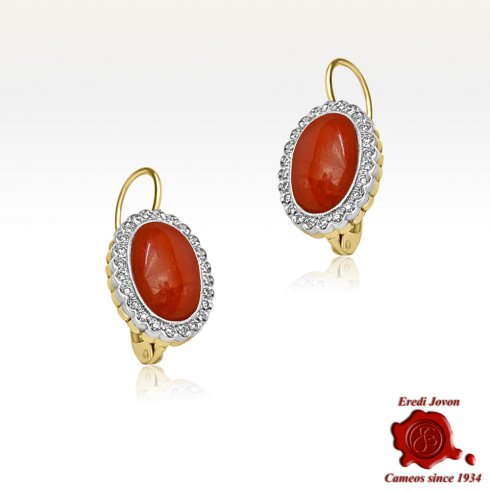
Red Italian Coral Jewelry
Red Italian Coral jewelry in 18 kt Gold and diamonds - Certificate Included on Every Piece
Red Coral JewelryNow and in the past, the technique has not changed: or better, the technique has remained the same, but the method in which to apply it, did change!
How was Coral polished in the past and how is it polished now?
Antique Method
The coral was cleaned by putting a certain amount of it in jute bags (called “pupatello”) along with a secret cleaning agent (every company had its own golden recipe). After adding water sprays, the closed bags were constantly shaken for at least 6 or 7 hours on wooden pewters.
Polishing is in fact achieved by rubbing.

Current method
Nowadays, while the ingredients such as coral, coral powder, running water, and the secretive "cleaning" agent remain the same, the process takes place in buratts that get the same job done but with less effort for the poor employee.
But you want a method that you can use at home ...
To be honest, I strongly advise you against trying to shine your necklace at home!
Reason 1 - If you want to do a real good job, the necklace should be unstrung and then re-strung.
Reason 2 - you would probably end up with a terrible result and risking to damage the coral.
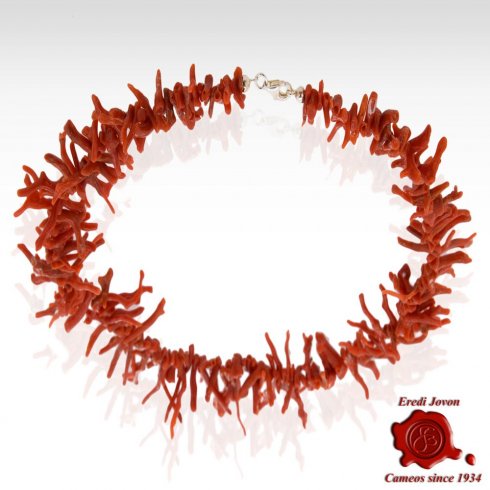
Red Italian Coral Jewelry
Red Italian Coraljewelry in 18 kt Gold or in White Silver 925% - Certificate Included
Red Coral JewelryThe Grandma method to make coral shiny again ...
At most I can only recommend you to use a drop (but not more) of extra virgin olive oil (Italian of course) soaked in some cotton wool, to bring some gloss to your necklace; I still remain of the idea that, in any case, it is best to trust an expert.
Wait for the end of the good season, when you use this type of necklace more sporadically, and give it to your trusted jeweler who will then turn it over to a "coral" expert who will perform a proper job.
So it is not said that your coral necklace cannot come back beautiful just with a simple polish.
So, in the unfortunate case that the know-it-all of the day tells you that, just because your necklace is opaque, you cannot do anything about it because it's not true Coral…..You can answer him in the manner of the ancient Romans … “Sutor ne Ultra crepidam” (Cobbler mind your shoes).
I leave you, as usual, with the greatest hug in the world

To stay in touch with us, and if you like our post, I invite you to download our free e-books!
Related Posts: maybe you'd like to know more about
Information
Last post
-
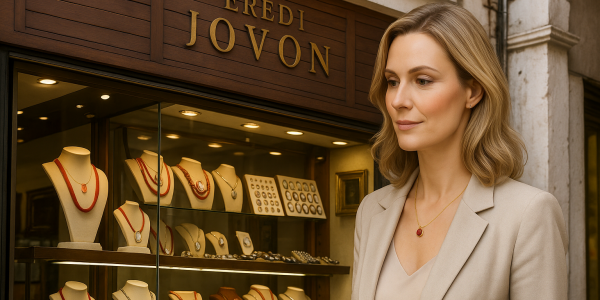
How to Choose the Perfect Necklace: The Complete Guide by Eredi Jovon
Discover how to choose the perfect necklace: Eredi Jovon’s complete guide reveals...
-
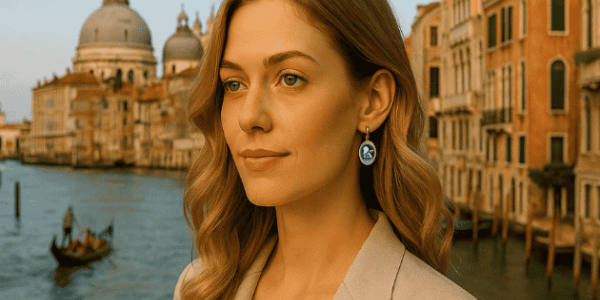
Eredi Jovon Earrings: A Journey through Light, Form, and Italian Craftsmanship
From the workshops of Venice, where the light of the sea meets the hand of the artisan, Eredi Jovon creates...
-

Love Hope Faith Amulet | Meaning and Tradition
Discover the meaning of the Faith, Hope & Charity charm: a timeless amulet to wear every day. A jewel that tells...



